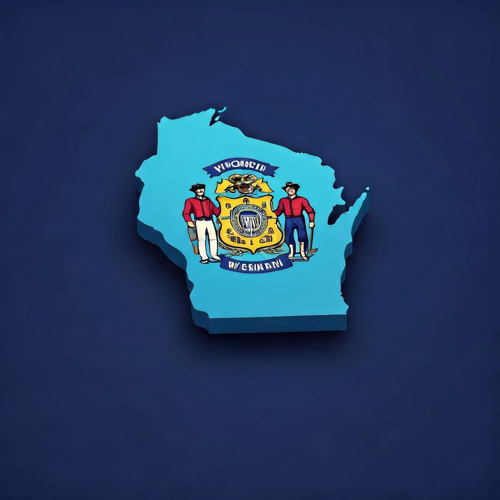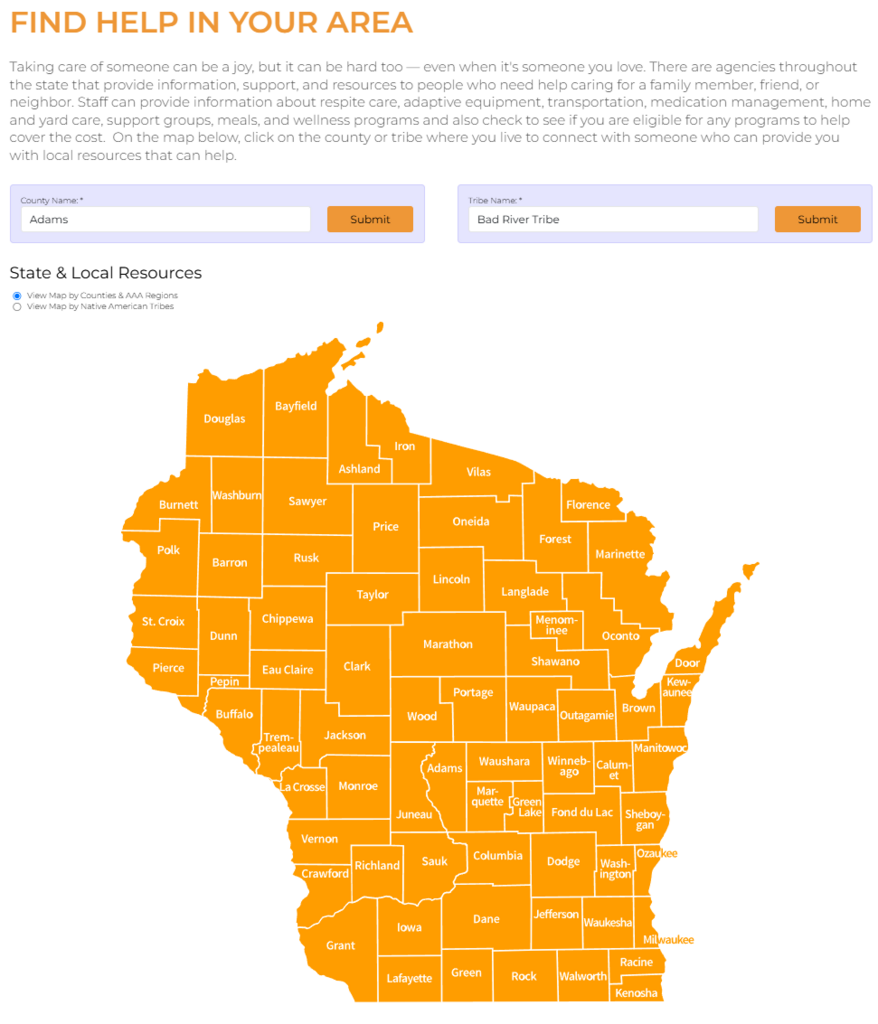Franke Tobey Jones, a prominent Tacoma, WA retirement community, has announced a strategic partnership with Beyond Ride, a specialized transportation service, to significantly enhance resident mobility. This collaboration addresses a critical need for reliable and safe transportation for seniors, particularly those who may have limited mobility or no longer drive.
The partnership aims to provide residents with seamless access to medical appointments, social events, shopping, and other essential outings. Beyond Ride’s services are designed to offer personalized and attentive transportation, ensuring that seniors can maintain their independence and active lifestyles. This initiative reflects a growing trend in senior living, where communities are increasingly focusing on providing comprehensive support services that cater to the diverse needs of their residents.
For Generation X, who are often navigating the complexities of caring for aging parents or planning their own future retirement, this news is particularly relevant. The ability to maintain an active and engaged lifestyle is a key concern for many as they age. Reliable transportation plays a vital role in achieving this goal. This partnership signals a proactive approach to addressing the transportation challenges faced by seniors, offering peace of mind to both residents and their families.
The collaboration highlights the importance of innovative solutions in the senior living sector. By integrating specialized transportation services, Franke Tobey Jones is setting a new standard for resident care and support. This move not only enhances the quality of life for its residents but also underscores the growing recognition of the need for adaptable and responsive senior living communities.
As Generation X continues to grapple with the realities of aging, such initiatives provide valuable insights into the evolving landscape of senior care. By prioritizing resident mobility and independence, Franke Tobey Jones and Beyond Ride are contributing to a more supportive and inclusive environment for older adults.











